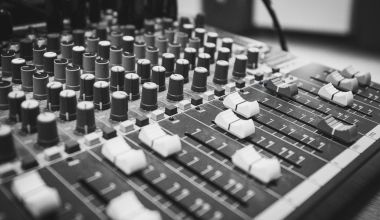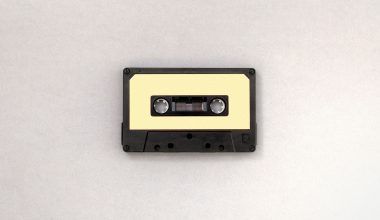In today’s digital age, effectively distributing your music is as crucial as producing it. Whether you’re an independent artist or part of a label, understanding how to distribute a song can significantly enhance your reach and career prospects. This comprehensive guide covers the essentials of music distribution, offering practical advice and strategies to help you navigate this complex process.
What is Music Distribution?
Music distribution is the process through which music is made available to the public for consumption. Historically, this involved physical mediums like CDs and vinyl records, but today, digital distribution dominates the industry. Digital distribution includes streaming services, digital downloads, and social media platforms, enabling artists to reach global audiences with unprecedented ease.
Choosing the Right Distribution Method
Digital vs. Physical Distribution
While digital distribution has become the norm, physical distribution still holds value, particularly in niche markets and genres like vinyl for classic rock or special collector’s editions. Each method has its advantages:
- Digital Distribution: Offers broad reach, easier access, and lower overhead costs.
- Physical Distribution: Appeals to collectors and can provide a tactile element that enhances the listener’s experience.
Major Digital Streaming Platforms
Key platforms include:
- Spotify
- Apple Music
- Amazon Music
- YouTube
- Bandcamp
Each platform has its unique features and revenue models, often requiring artists to use aggregators like Deliver My Tune, DistroKid, CD Baby, or TuneCore to manage their distribution.
How to Distribute a Song Digitally
Selecting a Distribution Service
Choose a service based on:
- Cost: Fees can vary, and some services take a cut of your royalties.
- Reach: Some services have better reach in certain geographical areas or among specific listener demographics.
- Features: Look for additional features like promotional tools, detailed analytics, and user support.
Preparing Your Music for Distribution
Ensure your tracks are professionally mixed and mastered. Proper metadata is crucial; this includes track names, artist names, album art, and ISRC codes. High-quality artwork and accurate credits are also essential to maintain professionalism and comply with digital stores’ requirements.
Navigating the Distribution Process
Understanding Royalties and Earnings
Different platforms have different payout models:
- Streaming Services: Typically pay per stream, with rates varying by service.
- Downloads: Pay per purchase, with artists receiving a larger share compared to streaming.
Copyrights and Legal Considerations
Register your work with copyright offices and understand the publishing rights involved. Collaborators should have clear agreements to prevent legal disputes over royalties.
Future Trends in Music Distribution
Emerging Technologies: Technological advancements such as blockchain and AI are set to revolutionize music distribution by enhancing transparency in royalty distribution and offering new ways to connect with fans.
Conclusion
Understanding how to distribute a song is essential for modern artists. By mastering digital distribution and utilizing the right strategies for promotion, artists can significantly enhance their visibility and engagement, paving the way for a successful music career. Embrace these insights and adapt to the evolving music landscape to maximize your potential and reach your musical goals.
For further reading, explore these related articles:
- Top Music Distribution Companies in India
- How Does Music Distribution Work?
- How Has Music Distribution Changed Over Years?
- How Can a Music Distribution Company Help a Musician?
For additional resources on music marketing and distribution, visit Deliver My Tune.






